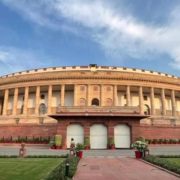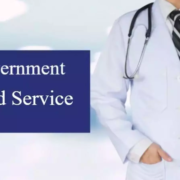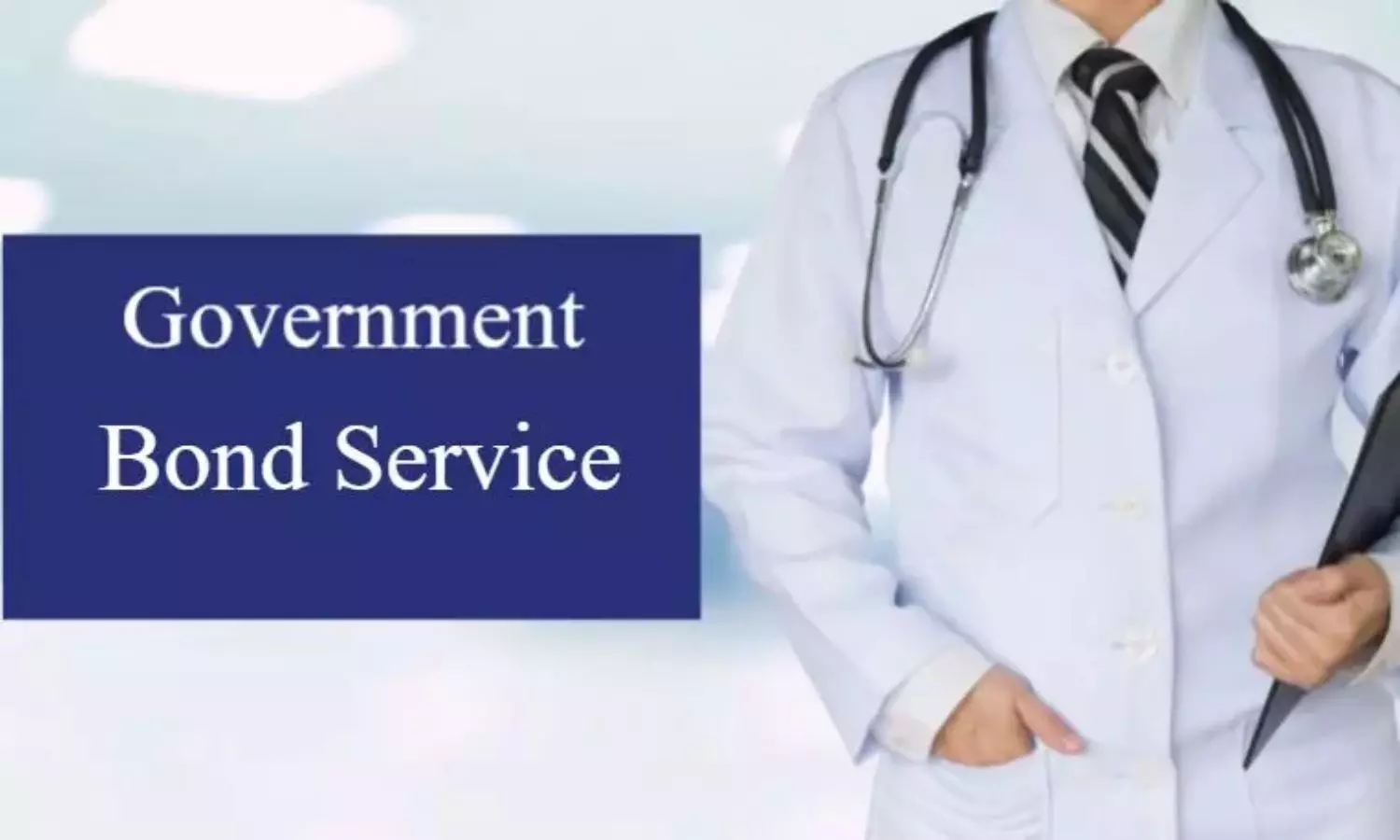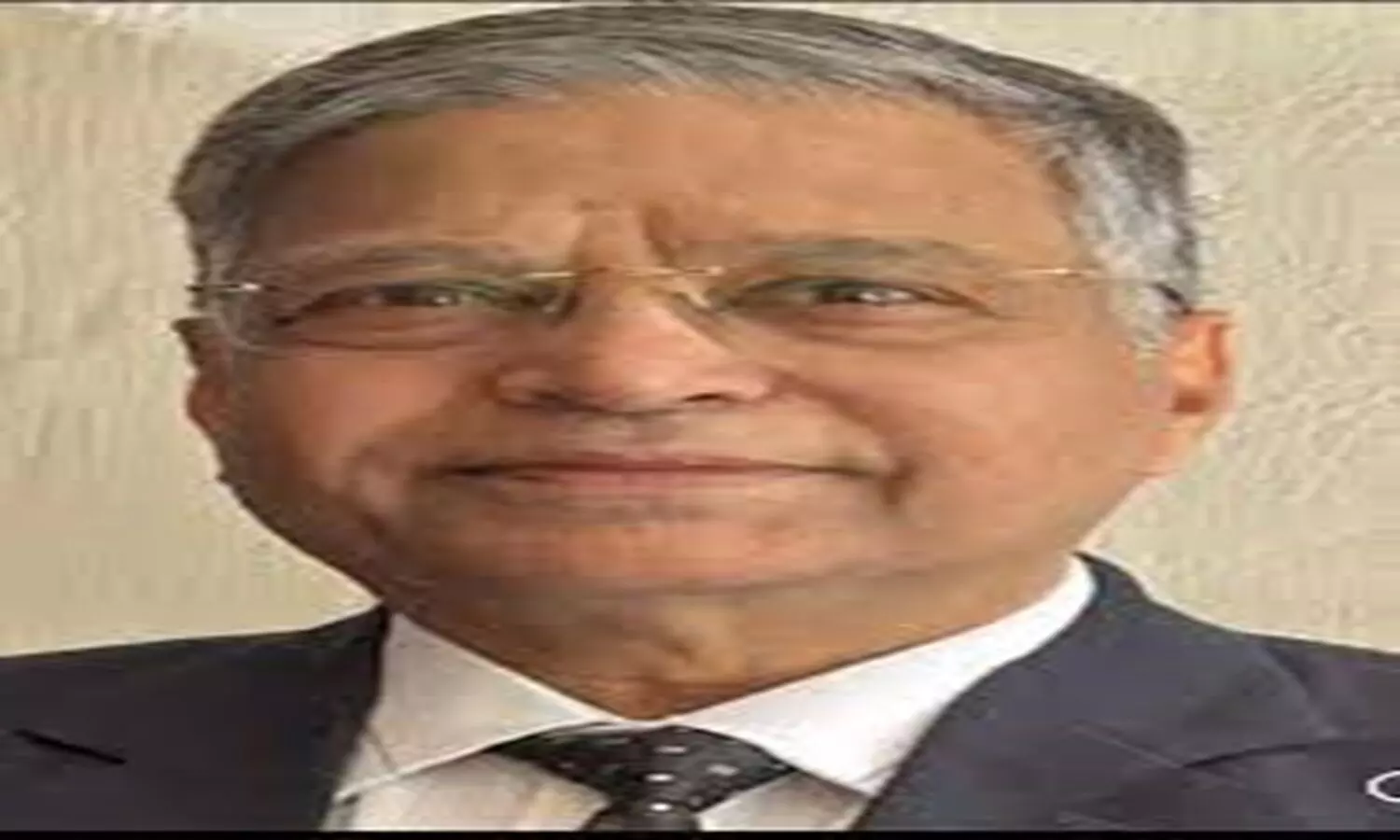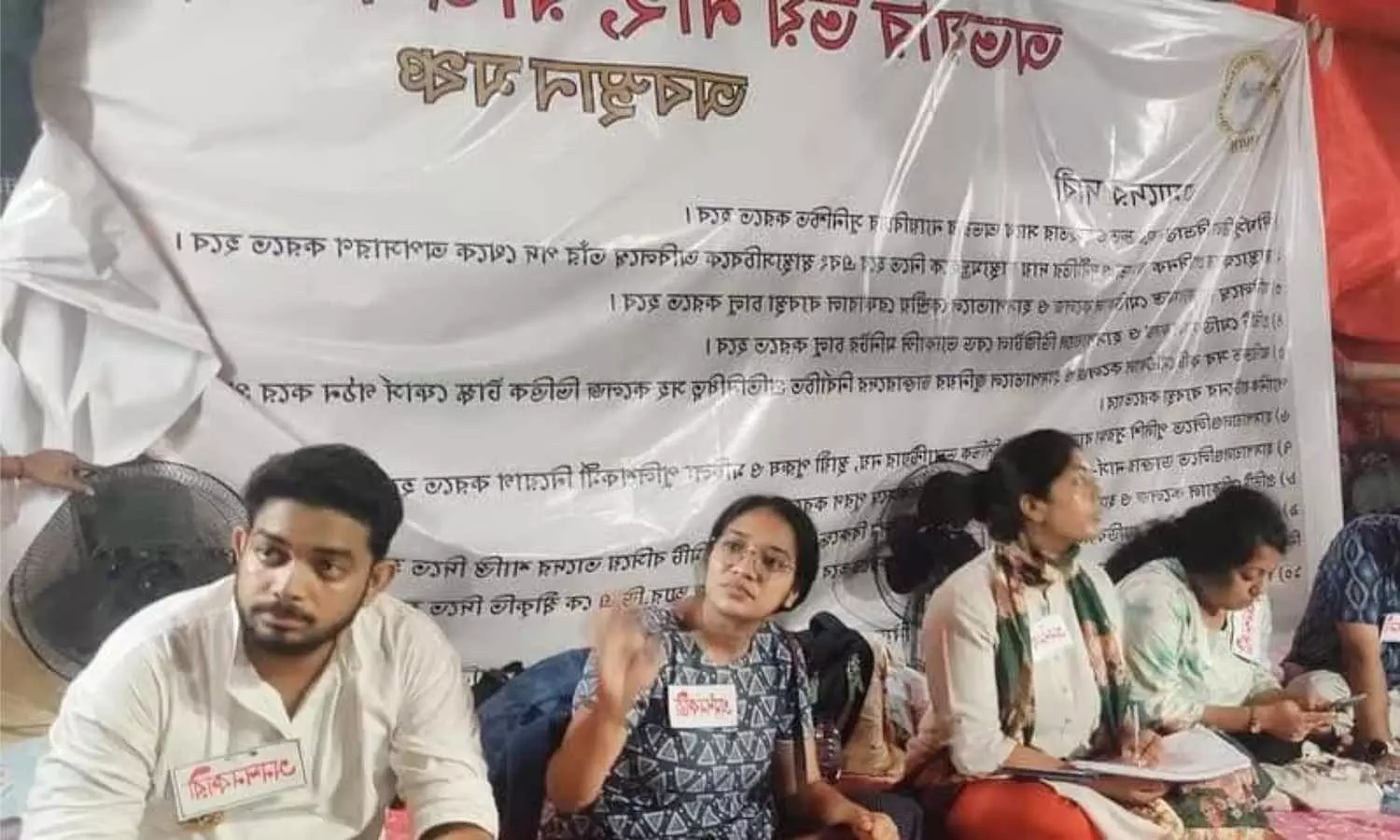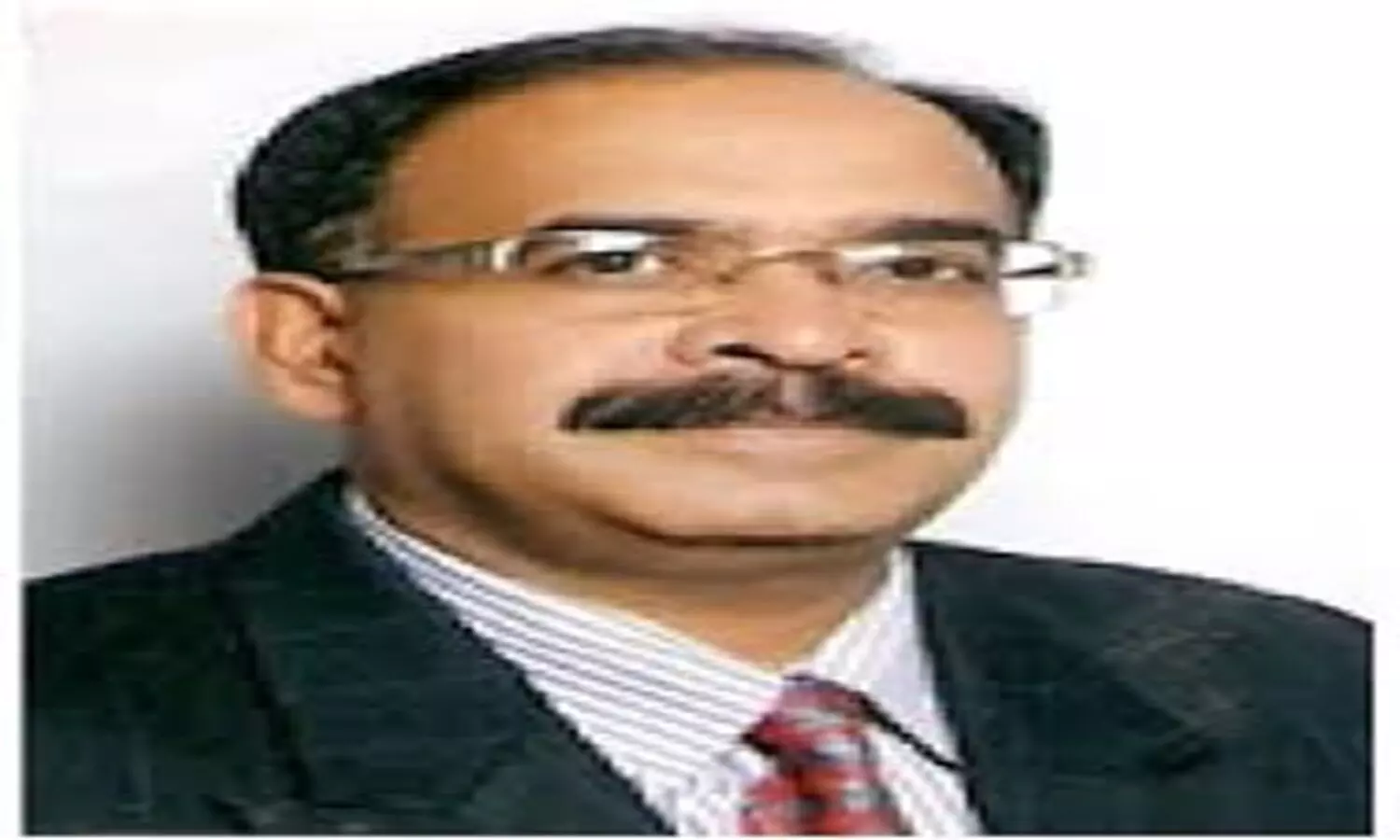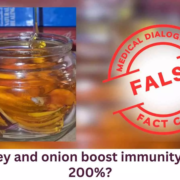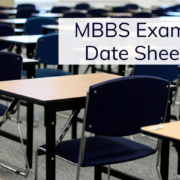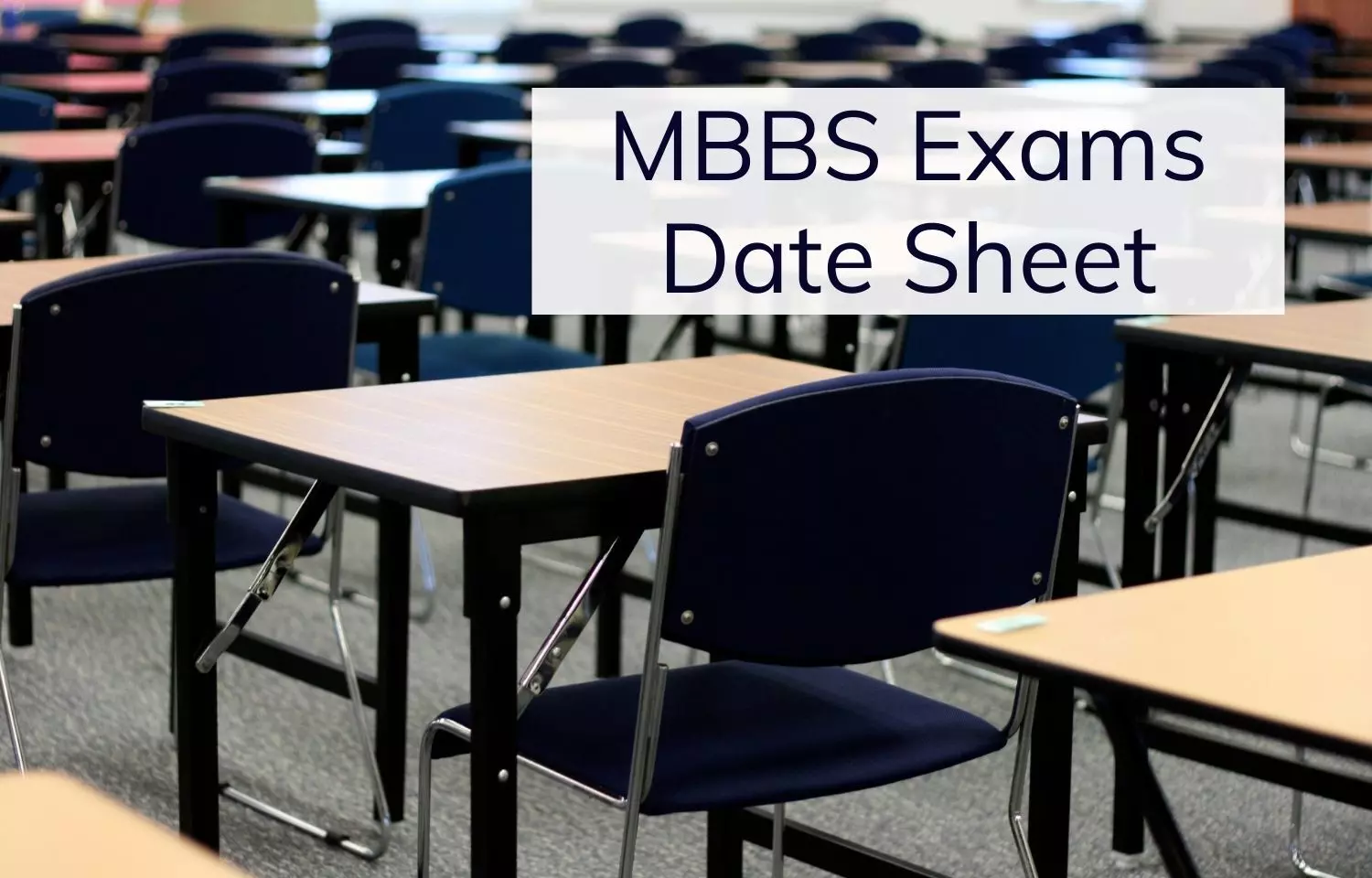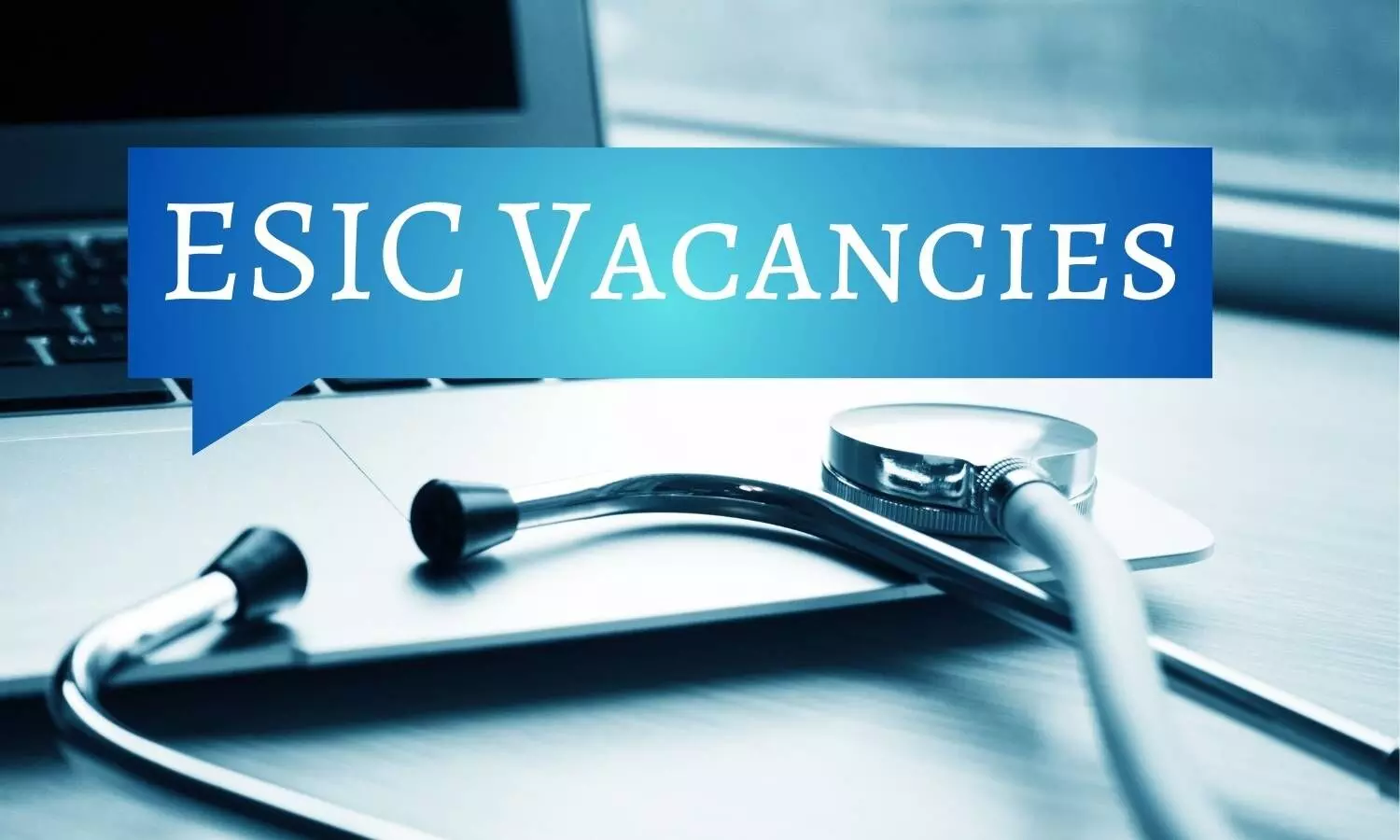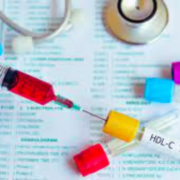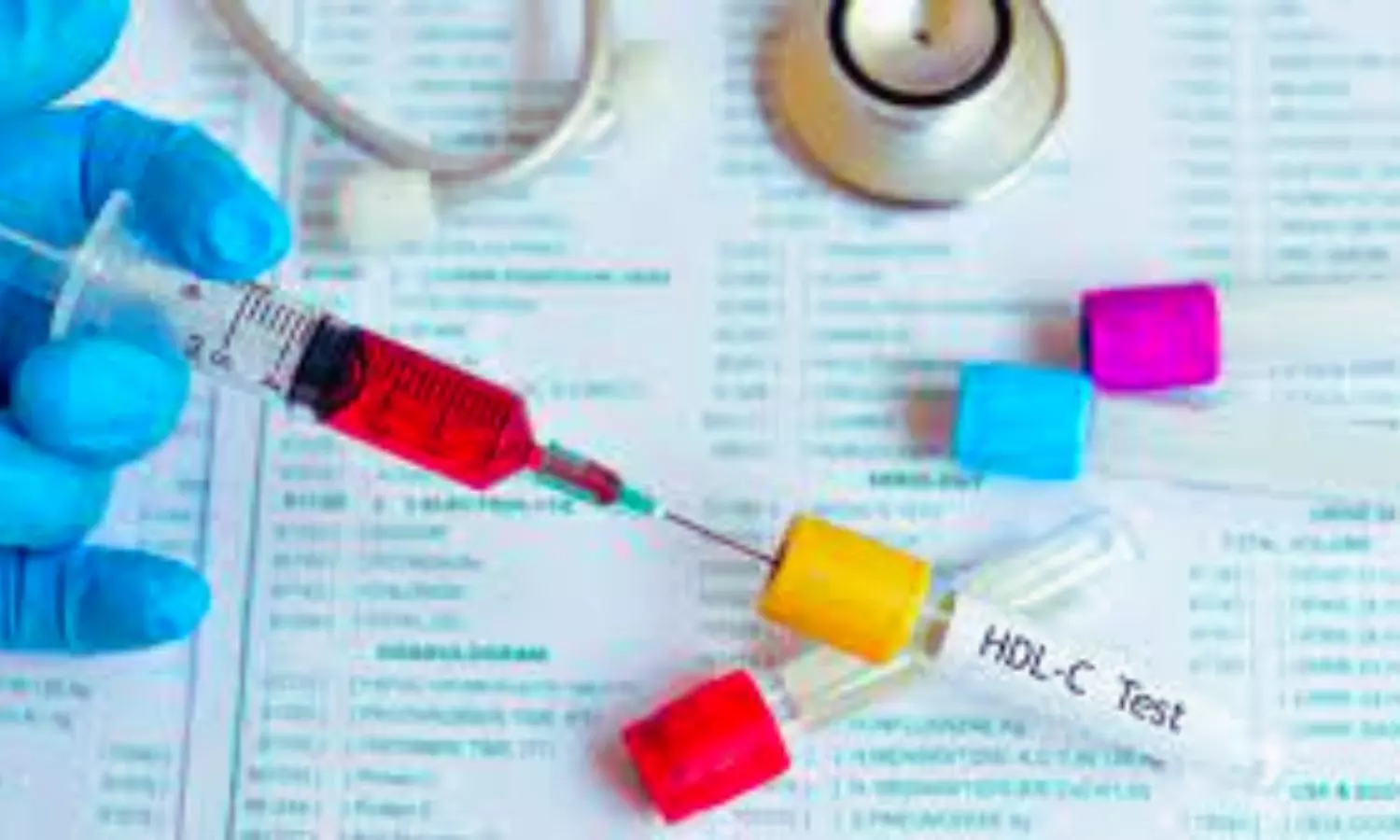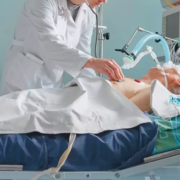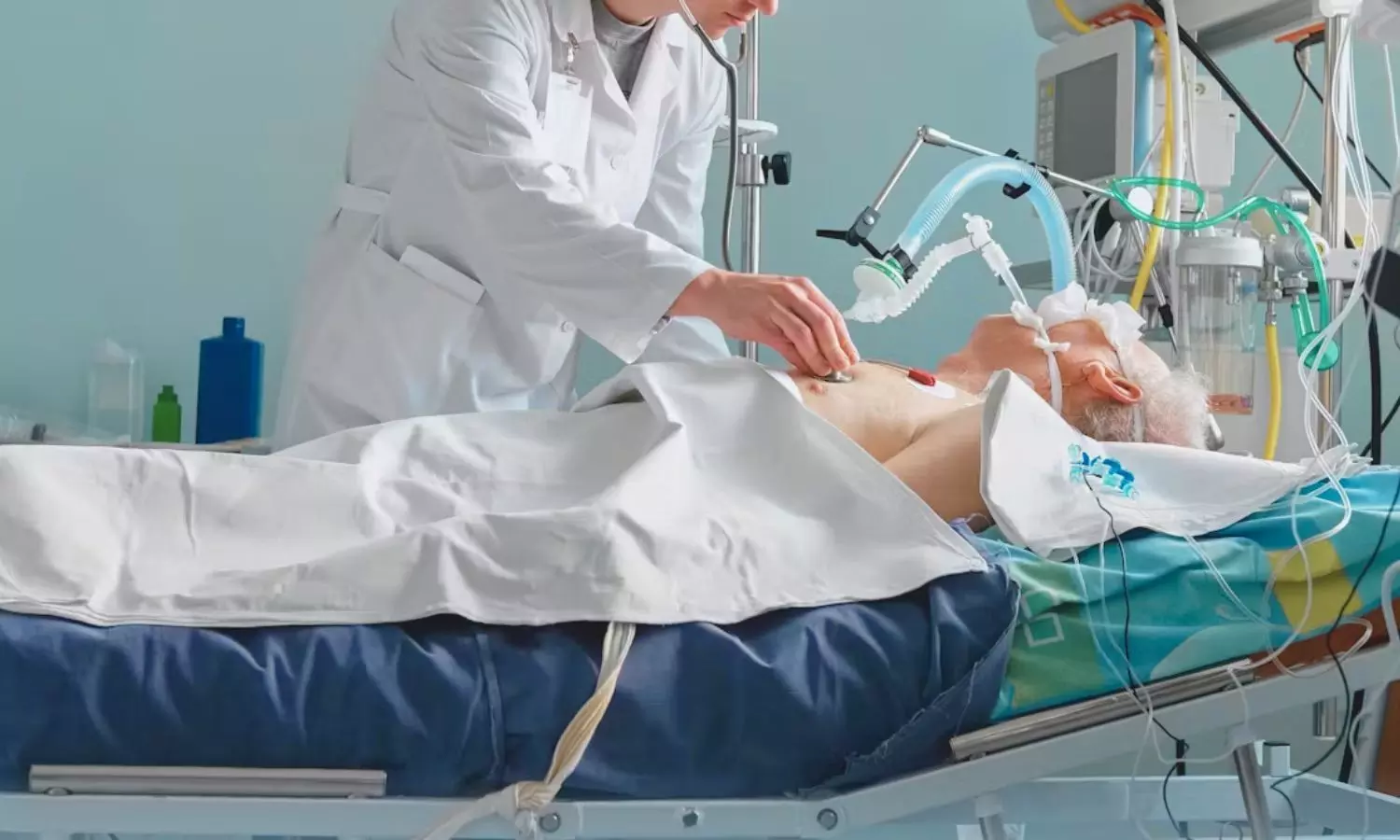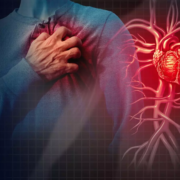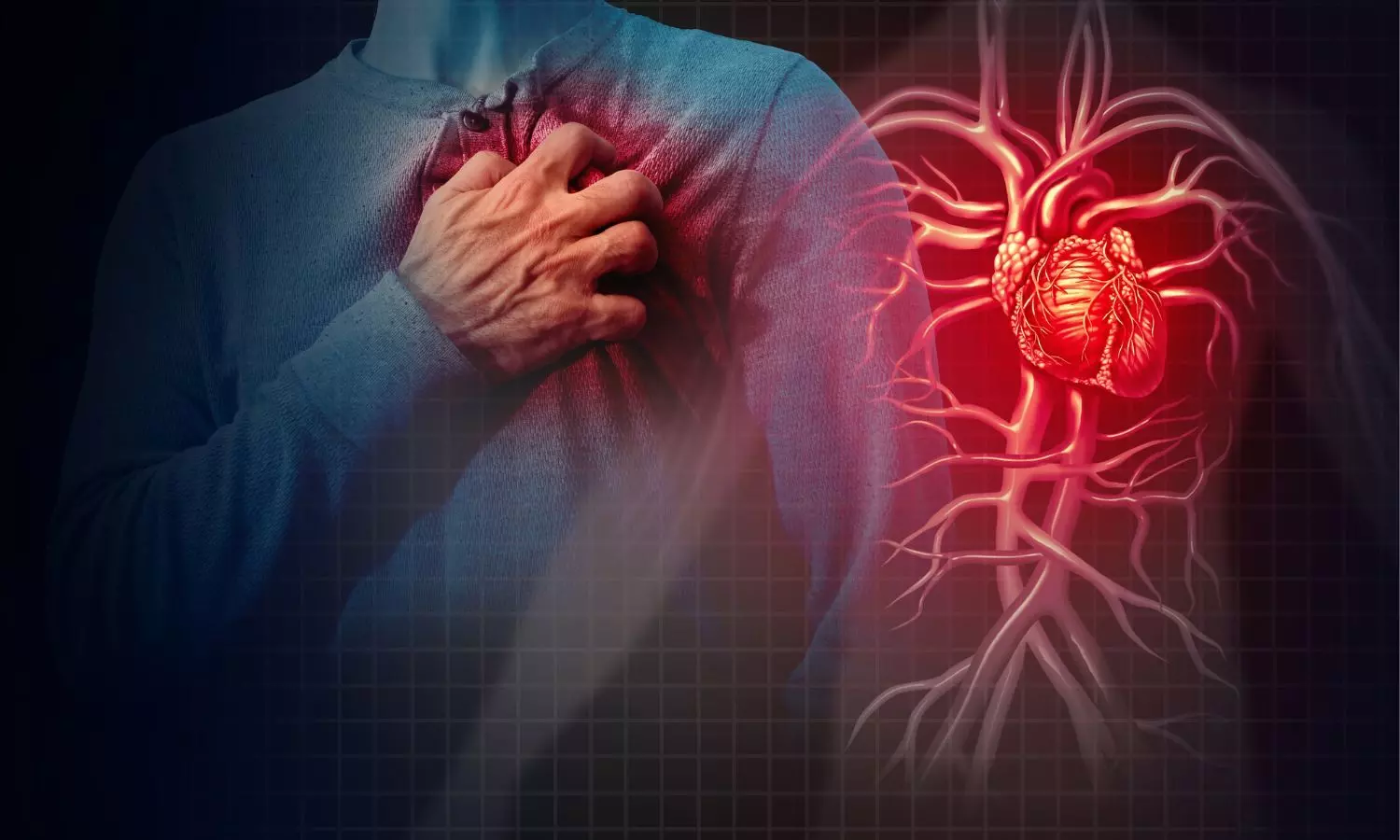
A viral Instagram reel claims that honey and onion can boost immunity by up to 200%. This claim is False.
Claim
In an Instagram reel, it is claimed that honey and onion can boost immunity by up to 200%. The reel by the user besthealthsutras is captioned “Some remedies.” The user makes multiple health claims in the video which include, “Do you know honey and onion can boost immunity up to 200%? Carrots and lemon can flatten and clean your stomach, Ginger and honey clean your lungs, and Turmeric and orange can protect you from chronic diseases”
The viral video has racked up 67.3 million views, 1.6 million likes, 2,793 comments, and 2.5 million shares. The reel can be accessed here.
Fact Check
The claims in the video are False. Honey and onion may support immunity but there is no scientific proof to that claim that it can boost immunity by 200%
What is Immunity?
Immunity is the body’s natural defense system against infectious diseases, comprising three types: innate, adaptive, and passive. Innate immunity serves as the first line of defense, relying on physical barriers like skin and mucous membranes to block harmful substances from entering the body. Adaptive immunity develops when the body encounters a microorganism through infection or vaccination, producing a specific immune response that can provide lifelong protection. Passive immunity, on the other hand, involves receiving antibodies from an external source, offering immediate but temporary protection that lasts only a few weeks or months. Together, these mechanisms protect the body from illness and maintain health.
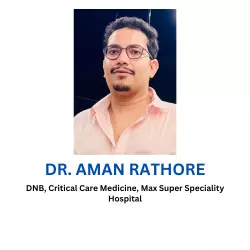
Dr Aman Rathore, DNB, Critical Care Medicine, Max Super Speciality Hospital said “Immunity is the body’s complex defense system that protects us from harmful pathogens like bacteria, viruses, and other foreign invaders. It’s an intricate network involving white blood cells, antibodies, and various organs and tissues that work together to identify and neutralize threats. The immune system has two main components: innate immunity, which offers general protection, and adaptive immunity, which targets specific pathogens the body has encountered before. Maintaining a strong immune system is vital for overall health and can be supported through balanced nutrition, regular exercise, and adequate sleep.”
What are the health benefits of Honey?
Honey is derived from flower nectar by honeybees Apis mellifera and has been revered for its nutritional, medicinal, and industrial uses. Ancient civilizations like the Greeks, Egyptians, and Chinese used honey for both sustenance and healing, a practice that continues today. With its high fructose content, making it 25% sweeter than sugar, honey is a natural sweetener increasingly popular in beverages. Its stability, with a water activity of 0.56–0.62 and a pH of around 3.9, allows for long-term storage without refrigeration. Beyond its culinary applications, honey exhibits antioxidant, anti-inflammatory and antibacterial along with protective benefits for respiratory, gastrointestinal, cardiovascular, and nervous systems.
Why are onions considered beneficial for health?
Onions add abundant flavor to a wide variety of food, yet are low in calories. With only 45 calories per serving, onions are naturally fat and cholesterol-free. They are a source of dietary fiber, vitamin C, vitamin B6, potassium, and other key nutrients including folate, calcium and iron. Onions contain a variety of other naturally occurring chemicals known as organosulfur compounds linked to lowering blood pressure and cholesterol levels. Among some of their best-known benefits, onions contain the flavonoid quercetin which acts as an anti-inflammatory in the body, inhibits low-density lipoprotein oxidation (an important reaction in atherosclerosis and coronary heart disease), protects and regenerates vitamin E (a powerful antioxidant), and protects from many forms of cancer.
Can honey and onion boost immunity by up to 200%?
Honey and onion are known for their health benefits and potential immune-supporting properties, but there is no scientific evidence or medical consensus to support the claim that honey and onion can boost immunity by up to 200%.
Onions, rich in bioactive compounds, have been shown to offer significant health benefits. The study by Narges Marefati et al. highlighted the potential effects of onions and their constituents in addressing oxidative stress, inflammation, and immune dysregulation. The findings suggest that onions may have significant value in the treatment of certain diseases associated with oxidative stress, inflammation, and immune dysregulation.
Another study published in Food Bioscience highlights quercetin in onions as a significant phytochemical with the potential to manage inflammatory responses and strengthen immunity against viral infections. It also emphasizes onion dehydration as an effective method to extend shelf life, minimize wastage, and improve accessibility worldwide.
Honey, a natural substance with numerous health benefits. A study published in Pharmacognosy Research found that honey stimulates leukocytes to release cytokines, initiating the tissue repair process. Additionally, honey activates the immune response to infections and promotes other immune activities, including the proliferation of B- and T-lymphocytes and the enhancement of phagocytic activity.
Similarly, a review by Razan J Masad et. al. highlights honey’s potential as an immunomodulatory agent in cancer, altering the tumor microenvironment, reducing angiogenesis, and reprogramming immune cells to inhibit cancer growth. Flavonoids in honey were found to block IL-6R and STAT3 activation, revealing a novel anti-tumor mechanism.
Honey and onion may support overall health and immunity, but their effects cannot be precisely quantified, making the claim that that honey and onion can boost immunity by up to 200% false.
Pooja Shah Bhave, Consultant Dietician and Certified Diabetes Educator, Mumbai in a conversation with the Medical Dialogues Fact Check Team said, “Yes, the combination does enhance immunity to some extent. But saying that it makes immunity two hundred percent stronger is just blowing out of proportion. It is not so easy to multiply immunity. Immunity increases by mild to moderate levels by including super foods and herbs like onion, turmeric, neem, tulsi, giloy, aamla, garlic, ginger, spices etc. But it is not easy to quantify as to how much exactly the immunity increases and it requires more definite research.
Well onion itself is considered a super food for its immune enhancing properties and antioxidant properties. The sulphur containing compounds in onion have anti-bacterial and anti-viral properties which help fight against bacterial and viral infections especially cold and cough. Honey is a great natural expectorant that helps to relieve cough. So onion and honey combined is one of the home remedy to relieve bacterial or viral cold and cough.
Main virtue of onion is that it has ‘Quercetin’, a flavonoid that is an excellent antioxidant that fights and eliminates damage causing toxic free radicals from the body. It thus helps to prevent clogging of arteries, heart diseases, cancer and overall cell damage caused by these free radicals. It also helps to lower bad cholesterol.”
Dr Aman Rathore, DNB, Critical Care Medicine, Max Super Speciality Hospital responded to the viral claim and said, “While onions and honey have beneficial properties, claiming they can make your immune system ‘200% stronger’ is an exaggeration. This is a False claim. Onions contain antioxidants and compounds, which can support immune health, while honey has antimicrobial and soothing properties. Together, they may contribute to general well-being and help reduce inflammation. However, no single food or combination can drastically boost immunity alone. A well-rounded diet rich in fruits, vegetables, whole grains, and lean proteins, along with a healthy lifestyle, is key to maintaining and supporting the immune system effectively.”
Medical Dialogues Final Take
Consuming honey and onion may offer health benefits due to their natural properties, such as antioxidants and antimicrobial effects, which can support overall immunity. However, claims like boosting immunity by 200% are highly exaggerated and there is no scientific evidence or medical consensus to back the claim by the user that honey and onion can boost immunity by up to 200%. Immunity cannot be quantified or enhanced by such specific percentages through dietary means alone.
Hence, the claim by the user is False.
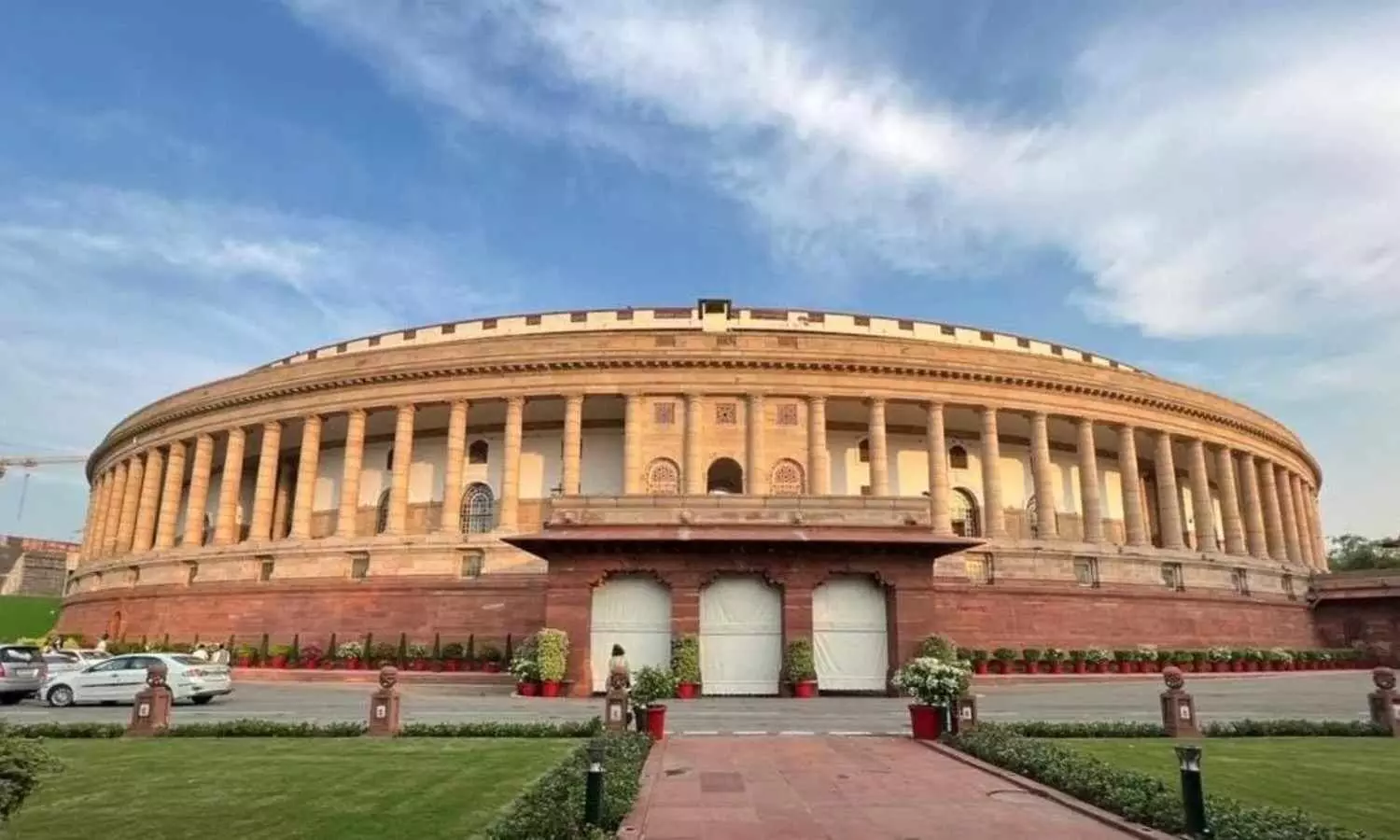
 Also Read: MoS Health Apprises Lok Sabha on Initiatives to Expand Hospital Network Under AB PMJAY
Also Read: MoS Health Apprises Lok Sabha on Initiatives to Expand Hospital Network Under AB PMJAY
